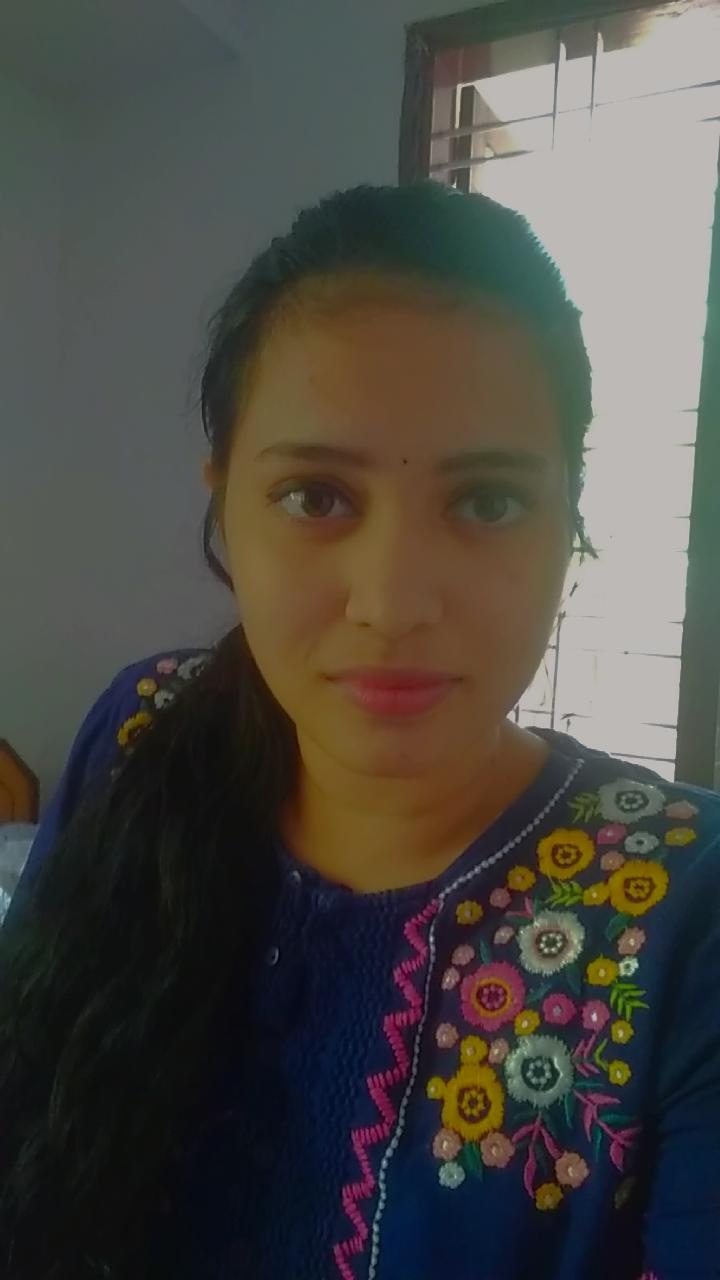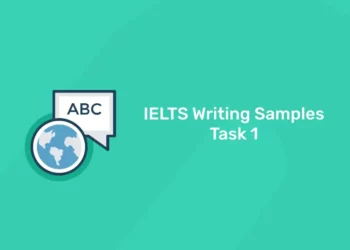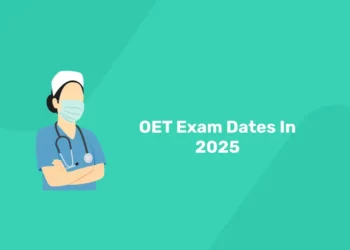Table of Contents
In India, the Internet is no longer just a commodity; it has become such an integral part of our lives that it has evolved from a tool to an emotion. From the days of dial-up connections to Reliance Jio, the Internet has been something that the country has aggressively embraced. With over 367 million active Internet users, India is among the top five countries in the world, and it has only climbed since the launch of Reliance Jio.
While all of these figures are correct, they do not provide the complete picture. The majority of Indians are unaware of the Internet’s potential and lack the resources to take advantage of it. Rural India has a population of over 906 million people, but just 17 percent of them utilise the Internet. In comparison, the urban population is estimated to reach 444 million people, with 60% of them using the Internet. Unfortunately, in rural India, there is only one woman for every ten male internet users. This is where Google’s Internet Saathi, which was first introduced by company CEO Sundar Pichai in 2015, comes into action.
What is Internet Saathi?
As the saying goes by, when you teach a man, you’re only teaching a single individual, but if you educate a woman, you’re empowering a family, a nation. Under Google India’s Helping Women Get Online initiative, the Internet Saathi programme was launched in July 2015 and is backed by Tata Trusts. The programme is aimed at connecting women of rural India to the Internet while bridging the digital gender divide in the country. Google provides resources such as the devices and training while Tata Trusts ensures that the programme reaches the right village and oversees its implementation. Rural women typically form community networks and organise activities for the groups. The Programme encourages these women to serve as agents for change by taking the lead in promoting digital literacy within their rural communities. In short, the programme helps to create a cadre of digitally-trained women in rural communities who train other women, thereby building a growing network of trainers who impart digital literacy to rural citizens.
Women ambassadors, also known as ‘Saathi,’ teach and educate women in Indian communities on the benefits of the internet in their daily lives as part of the Internet Saathi initiative. According to Google, the programme has already enabled over 2 million women in ten states and 60,000 communities gain access to the internet. Internet Saathi provides a new window for women in rural areas of the country, from teaching them how to use a smartphone to assisting them with online searches.
Preparing for Govt. Exams! Download Entri App for latest Govt. Exam Notifications.
How does the Internet Saathi programme work?
1: Who was the first woman President of India?
The whole process begins with the identification of potential villages where the programme can be introduced. Next, Google along with Tata Trusts identifies women who have basic reading and writing capabilities along with a curiosity to know more. After narrowing down to the potential Saathis, Google begins their training which lasts for two to three days. After the training, these Saathis begin to train other women, first across their own village and afterwards moving to the villages in the neighborhood.
During the course of their training, the Saathis are introduced to the world of Internet and smartphones. They’re trained to hold the smartphone correctly, to power it on and off, to lock and unlock it, go about the interface, to use the camera, to use the calculator, to search for anything using Google Chrome and even text through WhatsApp. At the end of their training, they are provided with a kit which contains smartphones, tablets and a power bank, so that they can go back to their village and teach other women. The Saathis are also given a bicycle to help them travel between villages. These devices that Google gives away to its Internet Saathis, are procured from OEM’s such as Lava and Celkon, with SIM cards coming in from telecom operators which have the strongest connection in the Saathis village area. “The costs of the data in tablets and smartphones are taken care by Google. There is a toll-free number where Saathi can call in case they have queries,” clarified a Google spokesperson in an interaction with PCMag India.
Why was the Internet Saathi programme needed?
Even if the men in a family own a phone, they do not allow the women to use it in rural India. Unfortunately, rural India’s partriarcal nature frequently comes into play. The assumption is that if the ladies are illiterate, the phone will be useless to them. Another school of thought contends that the Internet is a hazardous tool that should not be used by women. There is certainly a widespread lack of awareness in rural families, preventing people from knowing about and understanding the Internet. The encouraging part is that women see the Internet as a replacement for the education they were unable to complete. Village women are eager to send their daughters to learn about the Internet and have over time showed how Internet can be useful for everyone in the village and now they are getting a lot of support.
What was the Internet Saathi programme’s Impact?
The Internet Saathi Impact Study 2018 conducted by TNS reveals the following:
- 70 per cent women accessed the internet for the first time via the Internet Saathi programme.
- 1 in 3 women believe that the Saathi programme has positively impacted their personal and children’s education.
- 30 per cent of people have improved access to health care enjoying improved health.
- 53 per cent is the uplift seen in upskilling.
- 2 in 10 women go on to start their own business with an average revenue of over Rs 4,000 per month.
Conclusion
These women also serve as a link between the rural community and the Trusts, and play a vital role in providing the Trusts information about the patterns of internet usage in the communities they work. The saathis also share critical information such as weather updates and relief measures during disasters such as floods and cyclones with fellow villagers. They fulfill objectives of portfolios that have cross-linkages with the Trusts’ digital intervention programmes.
For more GK Blogs, like this! Check out the Entri App!














